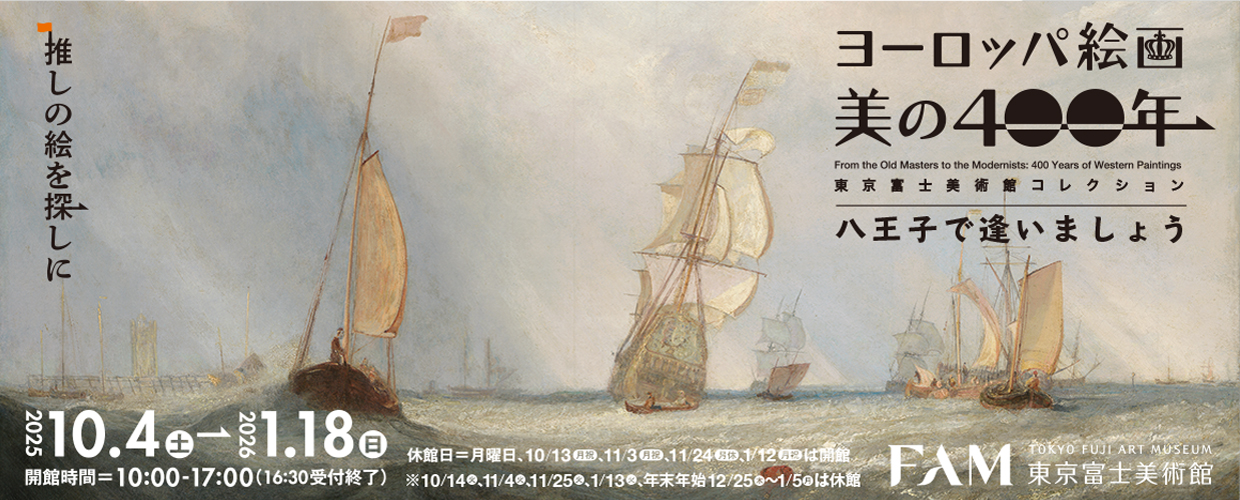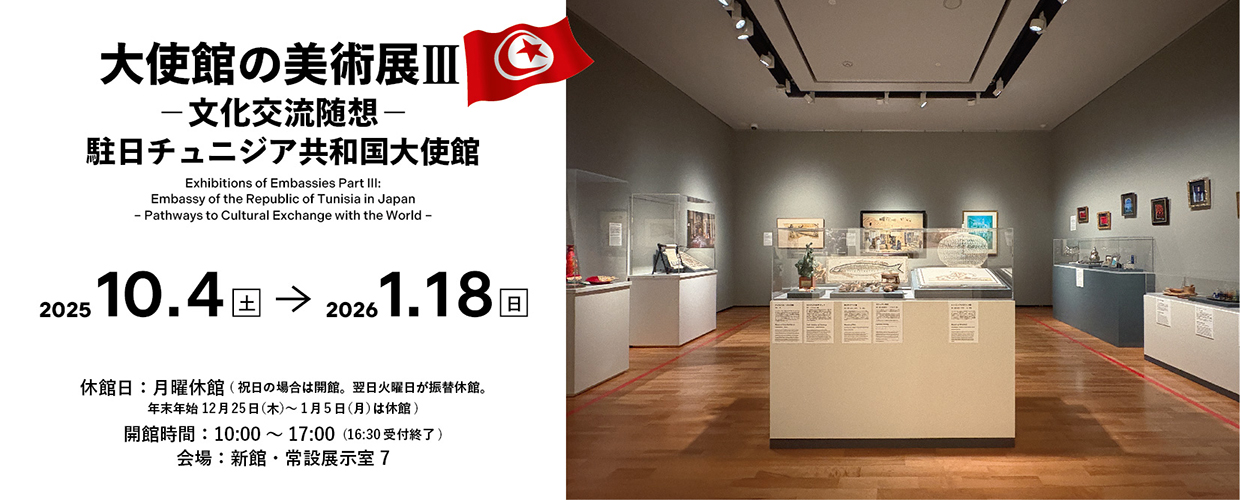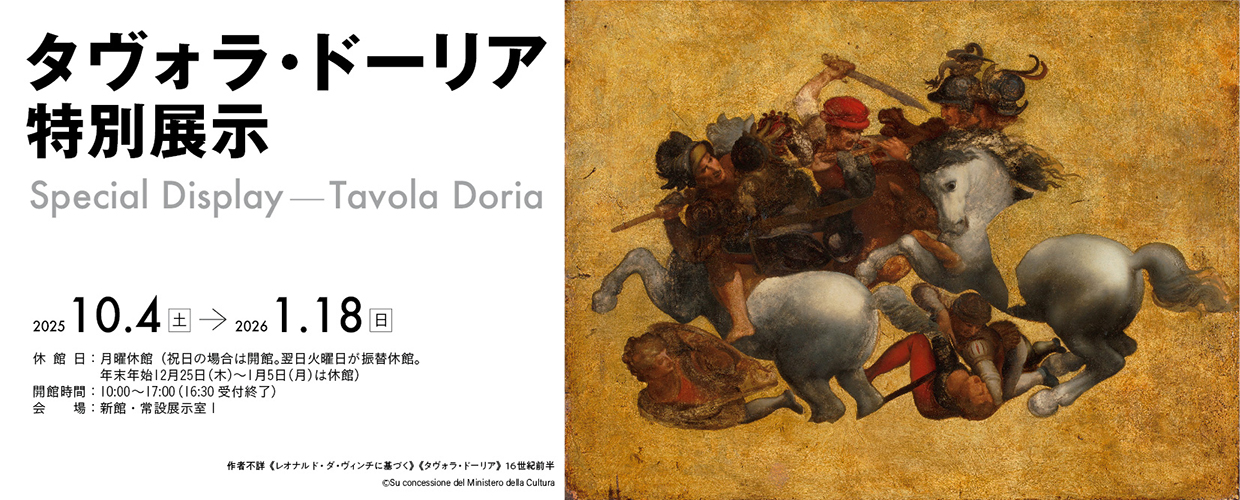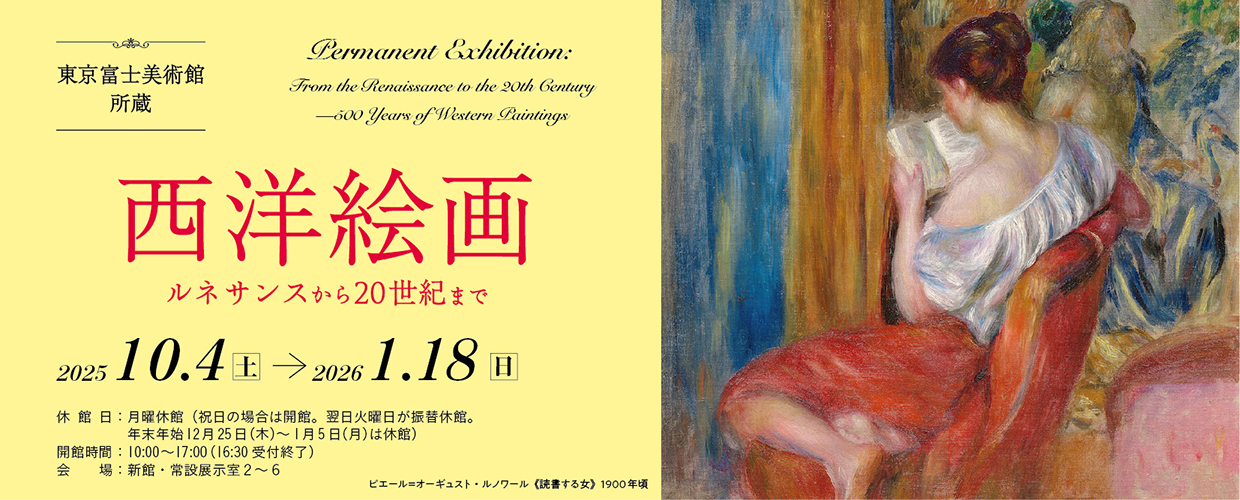1934 (Showa 9)/Color woodblock print on paper
36.3 x 24.3 cm
SUMMARY
Yuicho in Suruga is one of the twenty-six pieces making up the series Selection of Views of the Tokaido, produced between 1931 and 1947. The town of Yui is where Shimizu is in Shizuoka is now. Depicted in this work is the Yui post town, the sixteenth of the fifty-three that lay along the Tokaido. The houses lining the path convey the style of a post town in the Edo era. In the distance is painted a snow-crowned, majestic Mount Fuji against the background of a faintly glowing sky. Satta Pass, on the way from Yui post town to Okitsu post town, was the hardest point on the Tokaido, though it was also famed as a viewing spot for Mount Fuji. The iconic image with the theme of Yui is from Utagawa Shiroshige’s Fifty-three Stations on the Tokaido, which expressed the area through the view of the mountain from this challenging pass. Hasui, however, elected to show a scene in the town. The clean atmosphere of the moody town with Mount Fuji in the background is expressed with great skill – the essence of the painter, known as a “poet of place”.
ARTIST
Kawase Hasui
1883-1957
Kawase Hasui was born in Tokyo with the real given name of Bunjiro, and passed away there too. He studied Western-style art at the Hakuba-Western Art Research Institute under Okada Saburosuke. In 1910 he became a student of Kaburaki Kiyokata. Inspired by Eight Views of Omi by Ito Shinsui, who was working in the same studio, Hasui started new printing work from 1914. In the same year, he published Shiobara Okane Road and two other prints through the Watanabe printing firm. In 1920 he cemented his reputation as a print artist with the collection Souvenirs of Travels, First Series. He always worked on landscape printing, such as the 1919 series Tokyo Juni Dai (“Twelve Scenes of Tokyo”) and the 1926 series Nihon Fukei Senshu (“Selection of Scenes of Japan”), pioneering new frontiers with a rich sense of travel and lyricism. In 1953 the creative process of Zojoji no Yuki (”Snow at Zojoji Temple”) was documented by the Cultural Properties Protection Committee.
List of artworks by the same artist
INFORMATION
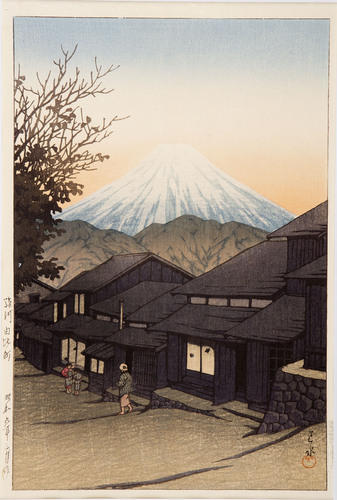
Saturday, March 29 - Sunday, May 25, 2025
From Edo to Modern Times: The Ukiyo-e Collection of the Tokyo Fuji Art Museum Soka Art Museum (Kaohsiung, Taiwan)
EXPLORE

You can search and browse content on a platform across museums and archival institutions nationwide, and create My Gallery (online exhibition).

